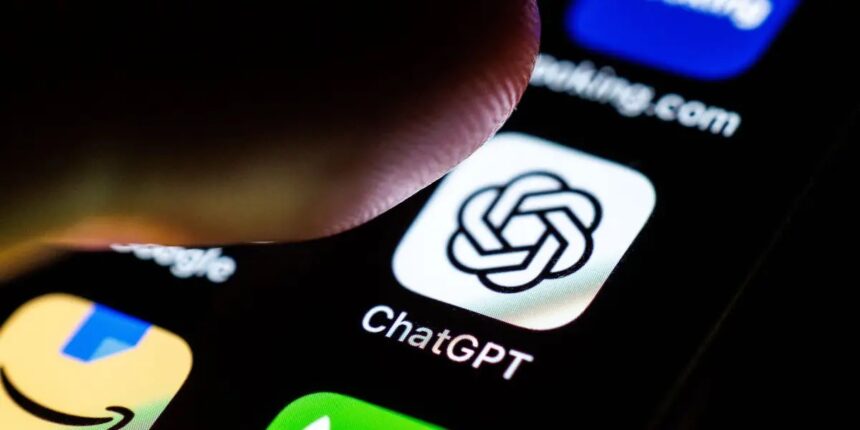OpenAI has introduced a new safety routing system and parental controls for its ChatGPT platform, marking one of the company’s most significant steps yet in managing sensitive AI interactions.
The system is designed to detect emotionally sensitive conversations, such as those touching on self-harm, and reroute them through models tuned to respond with greater caution. In addition, parental controls have been rolled out for teen users, giving parents more say over how the AI is accessed.
According to OpenAI, the measures are meant to address increasing concerns over the unintended risks of conversational AI, especially for young users.
The parental controls include options to set quiet hours, disable memory, restrict image generation, and apply stronger filters. Parents may also be notified if the system detects signs of acute risk, with the possibility of emergency services being contacted in extreme situations.
This move comes at a time when lawmakers, educators, and advocacy groups have called for stronger safeguards in AI platforms that are rapidly gaining adoption among teenagers. By giving parents control over boundaries, OpenAI aims to reduce exposure to inappropriate or harmful responses while still allowing teens to benefit from AI tools for learning and creativity.
Balancing Safety and Freedom
OpenAI has announced a 120-day trial period to refine the safety routing system, acknowledging the possibility of false positives. Critics argue that overly cautious systems could restrict open dialogue, flagging conversations that may not be harmful.
Privacy advocates also raise concerns about the implications of notifying parents or involving emergency services. The question of how much oversight a corporation should have over sensitive, personal interactions remains unresolved.
Nonetheless, proponents argue that the risks of inaction are too great. The move follows lawsuits and public backlash against instances where generative AI allegedly provided unsafe or misleading advice on mental health and other high-stakes issues.
By rolling out these tools, OpenAI has positioned itself as a leader in the conversation around AI safety. The company’s willingness to publicly acknowledge the limits of its models and invite feedback could influence how competitors like Google and Anthropic design their own guardrails.
For users, however, the changes may be more immediate. Conversations with ChatGPT could now feel different, especially when broaching sensitive topics. Whether that builds trust or frustration will depend on how accurately the routing system balances empathy with openness.
Why it Matters
At its core, this move reflects the broader debate over technology’s role in human life. Should artificial intelligence be a neutral tool that allows free expression at all costs, or should it actively intervene when conversations cross into dangerous territory?
OpenAI’s latest update does not resolve that debate, but it signals that companies will increasingly be expected to take a stand. The outcome of this 120-day trial could reshape not just ChatGPT, but the standards for safety across the AI industry.
Talking Points
OpenAI’s new safety routing sounds like a noble move, but let’s call it what it is: algorithmic policing of conversations. While preventing harm is essential, we should question who gets to define what is “too sensitive.” In the wrong hands, these systems could silence uncomfortable truths under the banner of safety.
If OpenAI can route, flag, or even notify parents and authorities in the U.S., what happens when similar tools are deployed in African markets? Will governments push to expand such features to monitor dissent or activism? We shouldn’t assume these safeguards will remain limited to parental oversight.
Most of Africa’s digital economy—from fintech apps to e-learning platforms—relies on infrastructure controlled by foreign tech giants. If OpenAI can rewire ChatGPT for American sensitivities, what stops it from tailoring “safety” rules to align with the political agendas of whoever has leverage? Africa risks importing not just technology, but cultural and political filters too.





